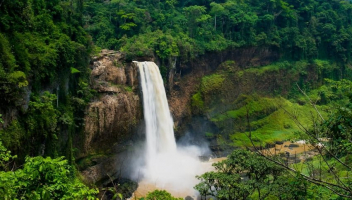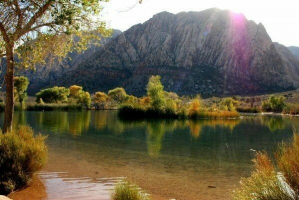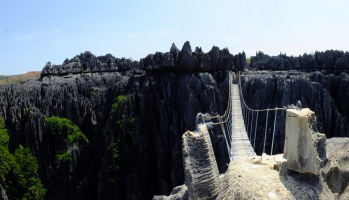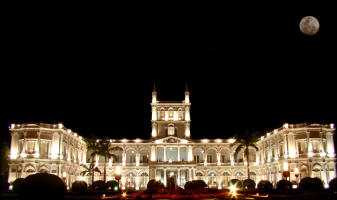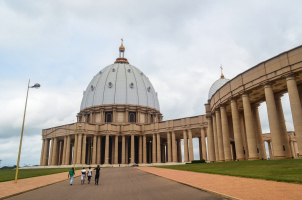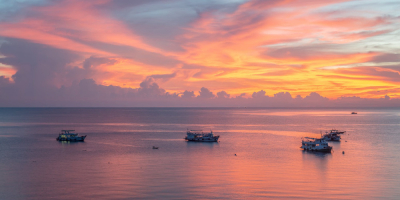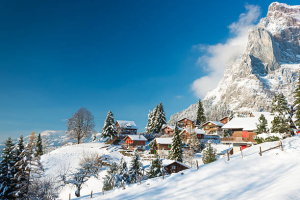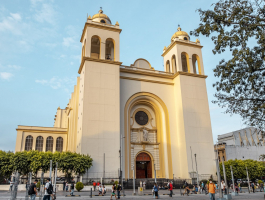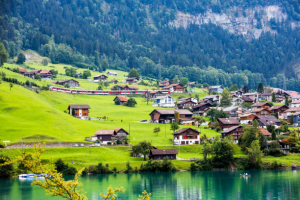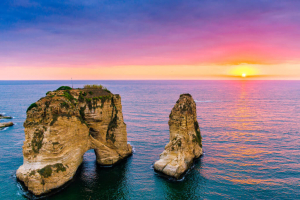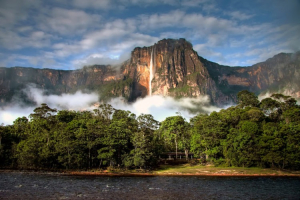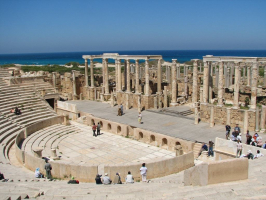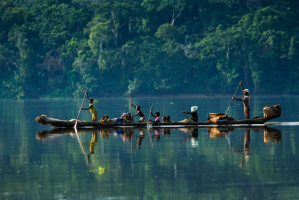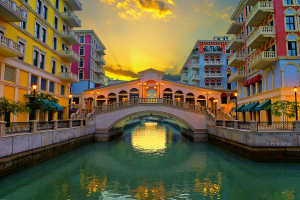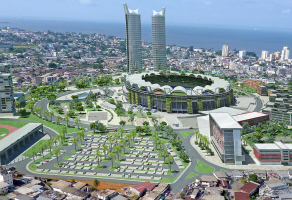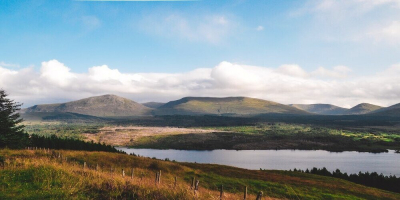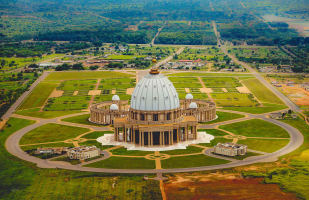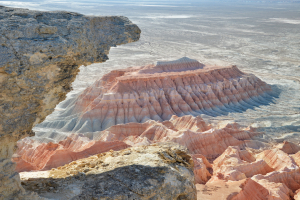Top 10 Best Places to Visit Ulaanbaatar
Ulaanbaatar, located on the banks of the Tuul River is the largest and the capital of the People's Republic of Mongolia since 1924. The name Ulaanbaatar means ... read more..."red hero," in honor of national hero Damdin Sukhbaatar. Mongolia now contains religious structures, brave museums with historic monasteries, and gigantic Soviet-era structures. Ulaanbaatar will be a very intriguing site for travelers to visit and experience. Here are Top 10 Best Places to visit Ulaanbaatar.
-
Via paved road, Gorkhi Terelj National Park is 65 kilometers northeast of Ulaanbaatar. Massive granite stone mountains with forest-covered northern slopes, a plethora of wildflower meadows, and magnificent wind-formed rock formations are popular tourist attractions. The national park is enhanced by fast-flowing rivers and streams.
Because of its proximity, the national park is one of the most frequented. In the tourism zone before the Terelj River, there are various ger camps and resorts. The rest of the conservation zones begin after the Terelj River and become less touristic, less populated, and more pure. The depths of the mountain forest are teeming with wild creatures like as boar, red deer, roe deer, fox, wolves, and others, while birds of prey abound. Terelj was a mining location for smokestone, amethyst, and pure crystal until 1960, in addition to its natural beauty.This national park has a variety of unique things that you should check out. Gorkhi Terelj National Park is a popular location for both novice and experienced bikers. Amateurs can ride for an hour to several hours in the tourist zone, and adventurous riders can ride for many days amid the virgin mountainous terrain. Moreover, trekking, rafting, or seeing Turtle Rock and visiting Arivabal mediation temple, which is approximately 1 kilometer from this rock, are some of the most interesting experiences you may have.
Location: Nalaikh, Tov, Ulaanbaatar, Mongolia
Opening hours: All days except Saturdays and Sundays
Rating: 4.6/5, 2034 Tripadvisor reviews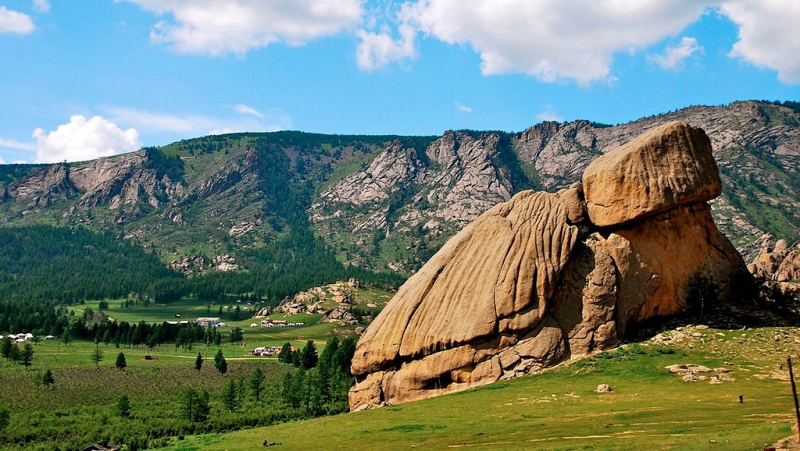
Image by Nyambat via Tripadvisor.com Video by Vividscapes via Youtube.com -
Sükhbaatar Square is the primary center of Ulaanbaatar, Mongolia's capital. The official name was changed in 2013 to honor Genghis Khan, considered Mongolia's founding father. A massive colonnaded monument to Genghis Khan stands just in front of the Government Palace on the square's north side. The square's centerpiece is an equestrian monument of Damdin Sükhbaatar, a leader of Mongolia's 1921 revolution.
Today, the area is periodically used for rallies, ceremonies, rock concerts, and festivals, but it is mostly a peaceful spot where youngsters run toy cars and youths ride bikes. The massive marble structure at the north end was built in 2006, just in time for the 800th anniversary of Chinggis Khaan's coronation. Its centerpiece is a sitting bronze Chinggis Khaan figure. He is flanked by Gedei (on the west) and Kublai (on the east) (east). Two famous Mongol soldiers (Boruchu and Mukhlai) guard the monument's entryway.
Parliament House, also known as Government House, is located behind the Chinggis memorial. A big ceremonial ger in the building's inner courtyard is used to receive visiting dignitaries. The Mongolian National Modern Art Museum and numerous other cultural organizations are housed in the 1970s Soviet-style Culture Palace to the east of the square. The salmon-pinkish edifice in the southeast corner of the area is the State Opera & Ballet Theatre. The Central Tower, just south of the opera house, is a symbol of the country's new prosperity and housing luxury stores such as Louis Vuitton and Armani.Location: Sukhbaatar Square 20/8, Ulaabaatar,14200, Mongolia
Opening hours: Always open
Rating: 4.5/5, 6692 Tripadvisor reviewsVideo by Escape To Mongolia via Youtube.com 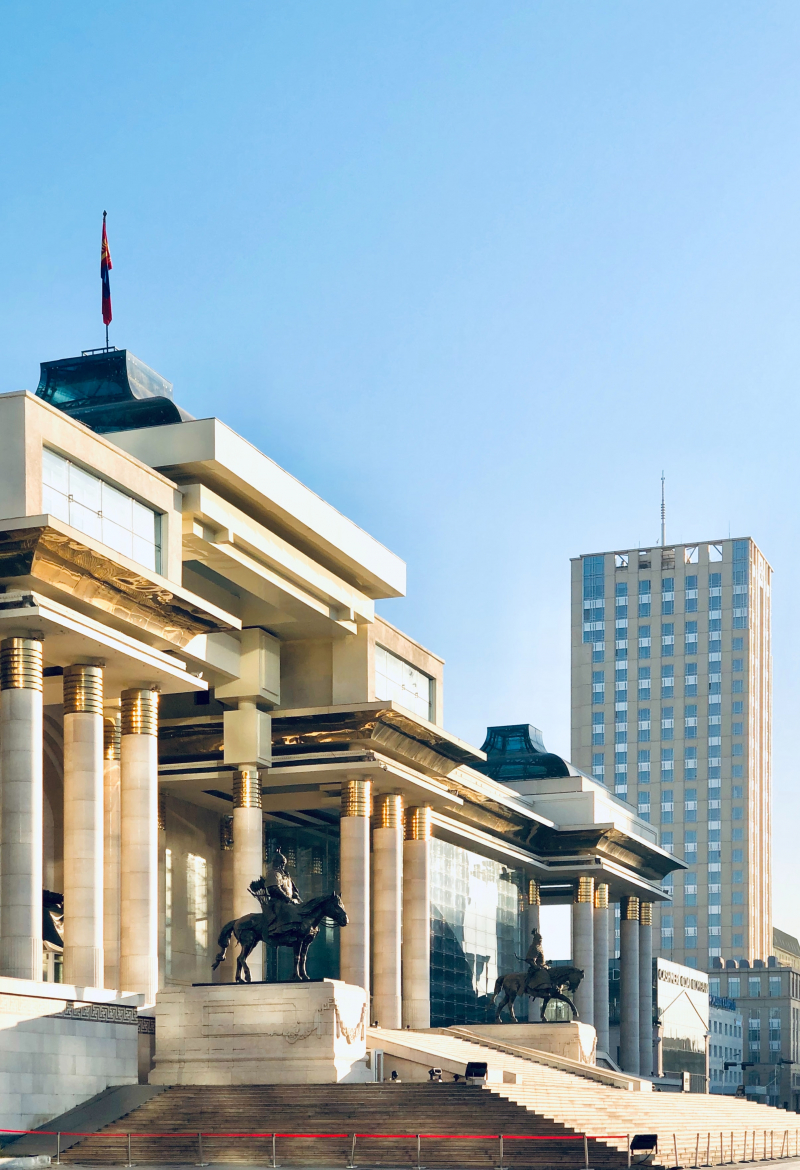
Image by Altai Baatarkhuu via unsplash.com -
Since its inception in 1924, the National Museum of Mongolia has been committed to historical study and research, as well as the acquisition, preservation, and presentation of objects connected to Mongolian culture. The National Museum of Mongolia is Mongolia's premier museum dedicated to preserving Mongolian history and traditional life, receiving over 50,000 visitors each year. As such, this museum provides an educational and cultural purpose by allowing the audience to see firsthand how Mongolians lived in the past.
The museum offers a number of well-organized displays ranging from ancient times to the present, including the Soviet era and the transition to democracy at the end of the twentieth century. With a relatively inexpensive admission cost, you may spend a few hours seeing all of the halls. If you are interested in history or archeology, this is the book for you. It is encouraging to witness how Mongolians love and value their history and origins. There were numerous original and replica exhibits, maps on the walls, an entire hall of traditional attire of the ethnicities of the many parts of the country, and even a video projection of how Ulaanbaatar appeared in the 1970s or 1980s.
The National Museum of Mongolia has disseminated its discoveries and collection in the form of thematic exhibits, reports, and public talks over the years. Now, we are focusing more on our clients than ever before, while also taking a more open and specialized approach to keep up with the shifting paradigm for museums in the twenty-first century.
Location: Juulchny Gudamj 1, Ulaanbaator, Mongolia
Opening hours: 9 AM - 6 PM every day except Sundays and Mondays
Phone number: +976 7011 0911
Rating: 4.5/5, 770 Tripadvisor reviews
Website: http://en.nationalmuseum.mn/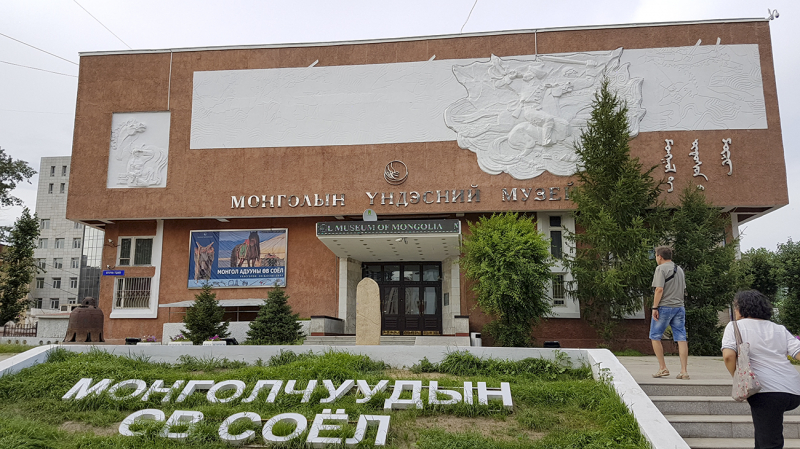
Image by Lkhagvasuren Munkbat via Zendmen Travel Mongolia Video by Escape To Mongolia via Youtube.com -
Tumen Ekh Ensemble of Traditional Cultural Heritage is one of Mongolia's most prominent national song and dance bands. "Tumen Ekh" means "leader or vanguard of all" in Mongolian. In 1989, a collection of renowned artists and pioneers in the area adopted the title of a well-known folk song, "Tumen Ekh," and formed this ensemble.
Since 1989 Tumen Ekh Ensemble traversed the world and performed in more than 60 countries in the world to promote the distinctive, lively and colorful cultural heritage of Mongolia. The company was cordially welcomed in famous places such as Buckingham Palace, The United Nations Headquarters,.... Tumen Ekh's repertoire is continually being expanded. Nonetheless, ensemble members continue to wow audiences with their solo performances and to compete with great success in local and worldwide important contests and festivals.
Mongolian musical instruments include string, wind, and percussion instruments, all of which clearly exhibit distinctive features of nomadic culture. The most popular musical instrument is the Morin khuur (horse head violin), which was designed to mimic horse noises. Throughout history, Mongolians have made music out of metal, stone, bamboo, leather, cow hair, and wood.Visitors to our nation may enjoy the beauty of our environment, the many terrains of our huge territory, and the distinctive qualities of nomadic life without having to go far by visiting TumenEkh theatre. The group greets the audience with a stunning display of vivid costumes, unique music, and energetic dance performances.
Location: Chinggis Ave, Ulaanbaatar, Mongolia
Opening hours: 6 PM
Phone number: +976 9696 6667
Rating: 4.5/5, 329 Tripadvisor reviews
Website: https://tumen-ekh.mn/en/about.php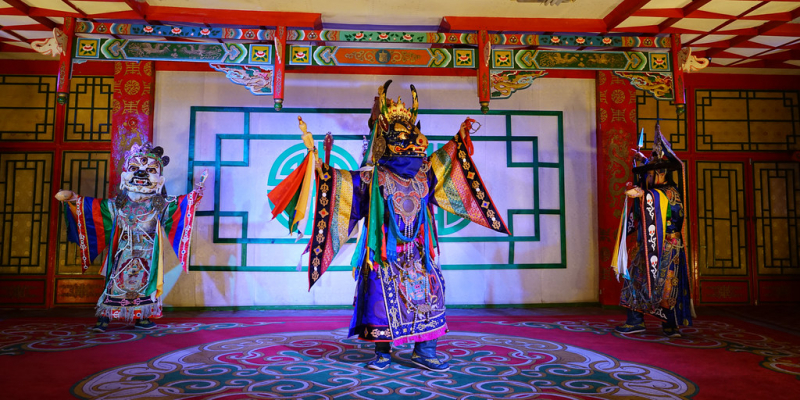
Image by Tomomega via Flickr Video by Aleckirstein via Youtube.com -
Genghis Khan launched a series of military operations famed for their brutality and ferocity, sweeping across most of Asia and establishing the Mongol Empire, the world's biggest continuous land empire. Mongolians created many horse sculptures of Genghis Khan, one of which was the world's largest, to underline that he was Mongolian. This statue was erected near Tsonjin Boldog, on the banks of the Tuul River, some 50 kilometers from Ulaan Baataar. It stands on the site where Genghis Khan, tradition has it, discovered a golden whip.
The stainless steel monument rises 30 meters tall on top of a 10-meter-high tourist center. This center has not just a massive boot, a "golden" whip, and a café, but also a museum with an artistically presented collection of antique Mongolian artifacts, demonstrating that these nomadic people had a well-developed civilization. Going up the elevator through the monument's hind legs, walking to the head of the horse through its chest, and standing on the horse's neck with good views of the steppes around the statue is quite a feeling.
Location: Nalaikh, Ulaanbaatar, Mongolia
Opening hours: 10 AM - 6 PM
Phone number: +976 7012 0202
Rating: 4.4/5, 2167 Tripadvisor reviews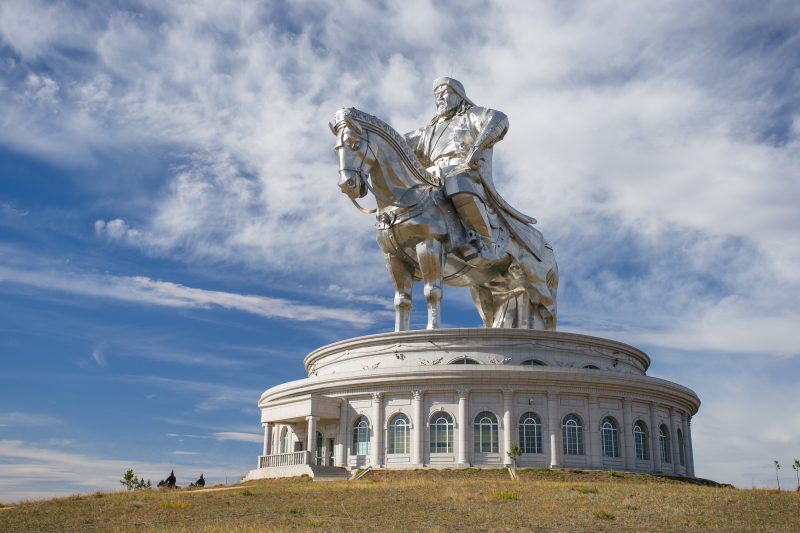
Image by Streluk via Escape to Mongolia 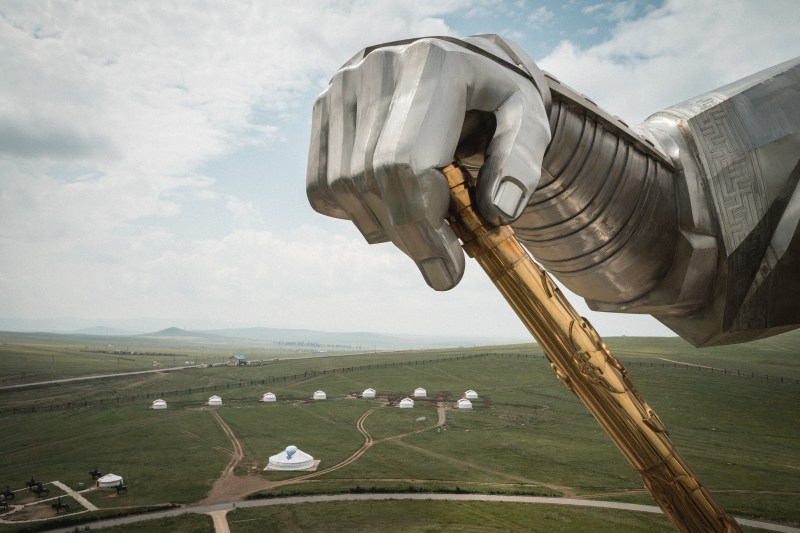
Image via Patrick Schneider via unsplash.com -
Gandan Monastery is a Buddhist monastery in the Tibetan style. Its name translates as "the great area of total bliss." There are now hundreds of monks living there. It houses a Megjid-Janraiseg figure that stands 26.5 meters tall. Megjid-Janraiseg is a guru who guides mankind on the path of truth and compassion. The Gandantegchinlen Monasty then became Mongolia's principal religious center for Tantric Buddhism.
In the 1930s, Mongolia's communist regime, under the constant pressure of Stalin, resulted in the demolition of over 900 monasteries and the death of over 10.000 Buddhist lamas, but Gandantegchinlen monastery was one of the few that escaped destruction. It was closed in 1938, and five of the monastery's temples were demolished. The others were utilised as welcome areas for Russian officials or as cowsheds. After a petition signed by numerous lamas, the monastery reopened in 1944 and was even allowed to operate as a Buddhist monastery, albeit with a tiny number of lamas and under rigorous communist control.
The fall of the Soviet government in Mongolia in 1990 resulted in the lifting of cult restrictions, allowing the monastery to resume operations. Gandan Monastery began an extensive campaign of cult restoration throughout the country. There are currently eight functioning datsans and temples within the monastery, which houses about 900 lamas.Location: Ulaanbaatar 16040, Mongolia
Opening hours: 9 AM - 5 PM
Phone number: +976 11 36 0354
Rating: 4.4/5, 2075 Tripadvisor reviews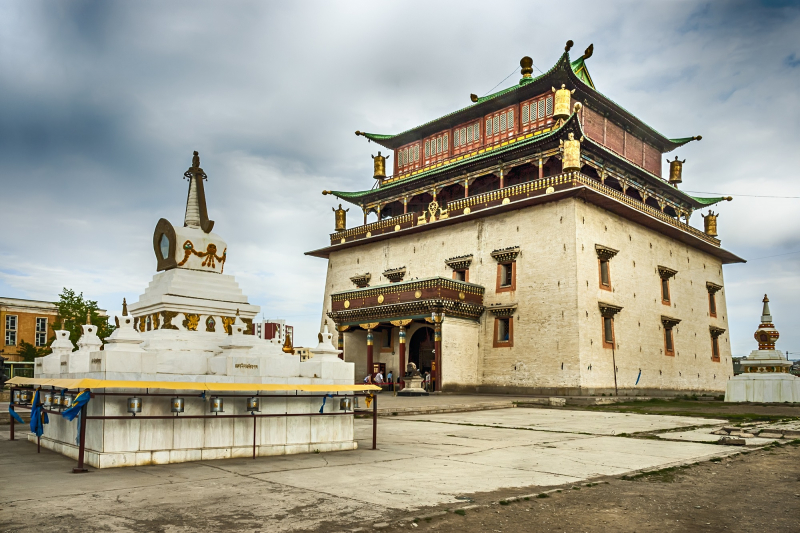
Image by Zwawol via Escape to Mongolia Video by Nomadic Mongolian via Youtube.com -
Zaisan Hill combines contemporary buildings with tradition and history. The hill is now as home to a vast contemporary complex with plenty of services for both visitors and locals. Zaisan is a renowned tourist destination and one of the attractions of Ulaan Baataar owing to the breathtaking views over the city. Views of nearby hills are available, one of which has the Mongolian national Emblem painted in white on the hillside.
The Zaisan memorial was built to remember soldiers who died fighting for peace between Russia, Germany, Mongolia, and Japan during WWII. The monument has a 10-meter-high statue of a Soviet soldier clutching a flag, as well as a circular concrete plaza with a mural. The Monument, which is located on a hill overlooking the city, has a circular mosaic representing the ceasefire between the four countries. A big statue of Buddha at the base of the hill is popular among devotees and visitors to the nation. Buddha Park is home to a 23-meter-tall Buddha statue. It is worthwhile to see the tank display at the bottom of the slope.
Location: Khan-Uul District, 11th khoroo, Dunjingarav 14 Ulaanbaatar, 17023, Mongolia
Opening hours: 11 AM - 6 PM
Phone number: +976 7712 8939
Rating: 4.4/5, 1262 Tripadvisor reviews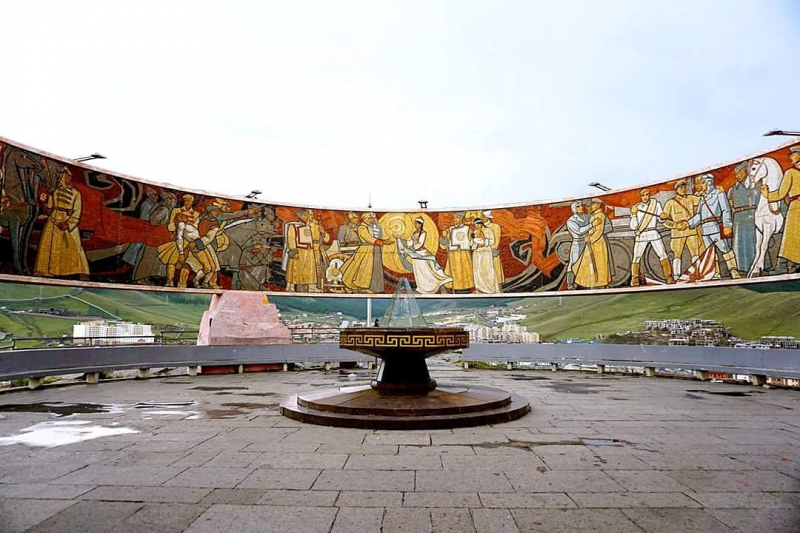
Image by Krusher via Tripadvisor.com Video by Nomadic Mongolian via Youtube.com -
The Bogd Khan Palace Museum, also known as the Winter Palace of the Bogd Khan, is a museum complex in Ulaanbaatar, Mongolia. It was part of the "Green Palace" complex, which was Bogd Khan's royal home. The palace is the only one remaining from the Bogd Khan's original four homes. Following his death from sickness in 1924, a state museum office was established in 1926, and it was decided to transfer the Bogd Khaan's remaining property to public museum ownership.
The Bogd Khaan Palace Museum has seven Summer Prayer temples as well as the Winter Palace. The museum's collections include one-of-a-kind and valuable objects related to Mongolia's political, religious, and artistic history from the 17th to the early 20th centuries, such as bronze casting, silk paintings, mineral paintings, and papier mache icons created by well-known artists. The Bogd's Winter Palace was transformed into a museum, showing historical and artistic relics like as royal apparel and equipment, presents from domestic and foreign guests or representatives, and goods acquired by the monarch for his personal amusement.
This palace is an irreplaceable and nationally significant landmark in Mongolia, dating from the Bogd Khan's turbulent reign, during which China, Russia, and Japan vied for dominance over the fledgling kingdom. This effort helped to preserve them by facilitating the sharing of knowledge about heritage protection among international specialists, local officials, and conservators.
Location: Bogd Khaanii Ordon, Ulaanbaatar, Mongolia
Opening hours: 10 AM - 5 PM every day except Tuesdays and Wednesdays
Phone number: +976 11 34 2195
Rating: 4.4/5, 1003 Tripadvisor reviews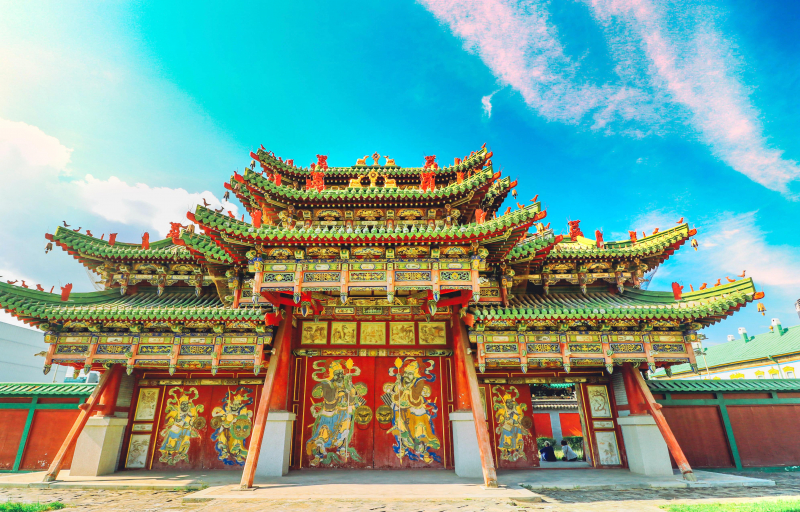
Image by Elizabeth via Trip.com Video by Enkhee via Youtube.com -
Bogd Khan, the spiritual authority of Mongolian Buddhism, ordered the construction of the Choijin Lama Temple complex between 1904 and 1908. The structure was named after his younger brother, the Choijin Lama, Mongolia's custodian of Buddhist teachings. The Choijin Lama was Mongolia's official state oracle and lived at the temple until his death in 1918.
The Choijin Lama Temple is an interesting example of Chinese-style religious architecture. The complex's five temples were constructed with blue bricks, timber roofs supported by wooden pillars, and green tiles. Each temple was devoted to a different god. The main temple was where the Choijin Lama would enter a trance and deliver oracular pronouncements, which an attendant lama or monk would translate.Mongolian Buddhism has witnessed a gradual comeback in recent years as part of a national drive to enhance Mongolian identity. The architecture and treasures of the Choijin Lama Temple complex are a one-of-a-kind resource and one of Mongolian Buddhism's last remaining ties to the past. The site was put on the 2020 World Monuments Watch to offer support and awareness to local and international efforts to establish a master plan for the site's protection in collaboration with the Mongolian Arts Council.
Location: WW79+W9J, Ulaanbaatar, Mongolia
Opening hours: 10 AM - 4:30 PM every day except Sundays and Mondays
Phone number: +976 11 32 4788
Rating: 4/5, 367 Tripadvisor reviews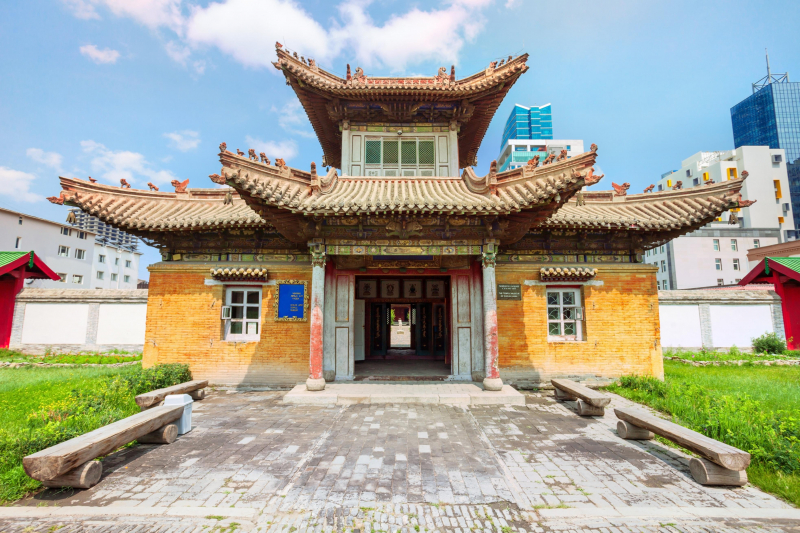
Image by Simone via Tripadvisor.com Video by Mongolian News via Youtube.com -
Narantuul market, also known as the major market and the black market, is located on the city's eastern outskirts. Narantuul market has expanded dramatically and is now one of the largest in Asia, encompassing 22.2 hectares and employing over 300 people while housing over 15,000 dealers, manufacturers, and service providers. Over a busy weekend, more than 100,000 people visited Narantuul Market to purchase.
At its entrance, there is a vast covered portion stocked to the brim with inexpensive Chinese, Turkish, and Russian products. The camping and fishing equipment may be found at the back and left. Traditional Mongolian clothing are available to the right of the wide covered space. There is an isle dedicated to Mongolian or Soviet antiquities towards the back of the market, among the tools and machinery. When accessing the market, an admission fee is charged. There are several minibuses accessible for simple travelling. The Terelji National Park is also nearby and it is so convenient for you to pay a visit both 2 places.Location: WW5X+M7J, Ulaanbaatar, Mongolia
Opening hours: 9 AM - 7 PM every day except Tuesdays
Phone number: +976 7711 7711
Rating: 3.8/5, 2538 Tripadvisor reviews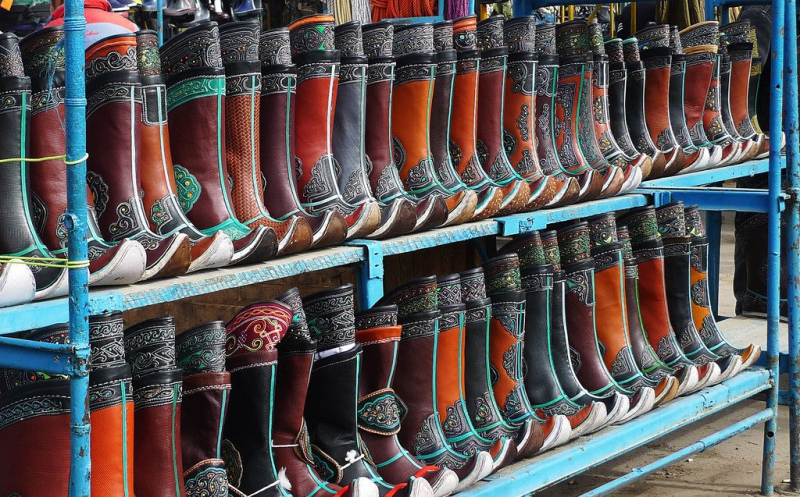
Image by Lkhagvasuren Munkbat via Zendmen Travel Mongolia Video by Will Solo travels via Youtube.com












